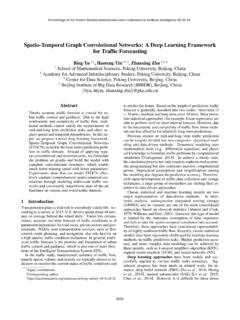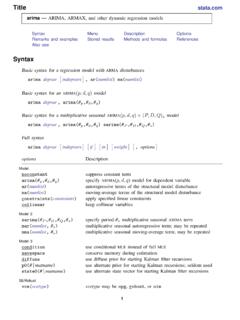Transcription of Measuring Geopolitical Risk - Federal Reserve
1 Measuring Geopolitical Risk Caldara, Dario and Matteo Iacoviello International Finance Discussion Papers Board of Governors of the Federal Reserve System Number 1222 February 2018 Please cite paper as: Caldara, Dario and Matteo Iacoviello (2018). Measuring Geopolitical Risk. International Finance Discussion Papers 1222. Board of Governors of the Federal Reserve System International Finance Discussion Papers Number 1222 February 2018 Measuring Geopolitical Risk Dario Caldara and Matteo Iacoviello NOTE: International Finance Discussion Papers are preliminary materials circulated to stimulate discussion and critical comment. References to International Finance Discussion Papers (other than an acknowledgment that the writer has had access to unpublished material) should be cleared with the author or authors. Recent IFDPs are available on the Web at This paper can be downloaded without charge from the Social Science Research Network electronic library at Measuring Geopolitical Risk Dario Caldara Matteo Iacoviello January 10, 2018 AbstractWe present a monthly indicator of Geopolitical risk based on a tally of newspaper articlescovering Geopolitical tensions, and examine its evolution and effects since 1985.
2 The geopolit-ical risk (GPR) index spikes around the Gulf War, after 9/11, during the 2003 Iraq invasion,during the 2014 Russia-Ukraine crisis, and after the Paris terrorist attacks. High geopoliticalrisk leads to a decline in real activity, lower stock returns, and movements in capital flows awayfrom emerging economies and towards advanced economies. When we decompose the indexinto threats and acts components, the adverse effects of Geopolitical risk are mostly driven bythe threat of adverse Geopolitical events. Extending our index back to 1900, Geopolitical riskrose dramatically during the World War I and World War II, was elevated in the early 1980s,and has drifted upward since the beginning of the 21st : Geopolitical Risk; Economic Uncertainty; War; Terrorism; Business CLASSIFICATION: C1. D80. E32. version We thank Alessandra Bonfiglioli, Nick Bloom, Nathan Converse, Ricardo Correa, Chris Erceg, Colin Flint, Mas-simo Morelli, Bo Sun and seminar participants at the Federal Reserve Board, the Stanford Institute for TheoreticalEconomics, the Chengdu International Macro-Finance Conference, the CEF Conference in New York, the CentralBank of Chile, Pontificia Universidad Catolica de Chile, Bank of Italy, University of Cambridge, Bocconi University,DIW Berlin, and LSE.
3 Joshua Herman, Lucas Husted, Andrew Kane, and Aaron Markiewitz provided outstandingresearch assistance. All errors and omissions are our own responsibility. The views expressed in this paper are solelythe responsibility of the authors and should not be interpreted as reflecting the views of the Board of Governors ofthe Federal Reserve System or of anyone else associated with the Federal Reserve System. Federal Reserve Board of Governors. Email: Federal Reserve Board of Governors. Email: IntroductionEntrepreneurs, market participants, and central bank officials view Geopolitical risks as key de-terminants of investment decisions and stock market dynamics. In a Gallup 2017 survey of morethan 1,000 investors, 75 percent of respondents expressed worries about the economic impact ofthe various military and diplomatic conflicts happening around the world, ranking Geopolitical riskahead of political and economic (2016) includes Geopolitical risk togetherwith economic and policy uncertainty among an uncertainty trinity that could have significantadverse economic effects.
4 More recently, the European Central Bank, in its April 2017 EconomicBulletin, and the International Monetary Fund, in the October 2017 WEO, highlight geopoliticaluncertainties as a salient risk to the economic , the importance of Geopolitical risks in shaping the macroeconomic and financial cycleshas not been the subject of systematic empirical analysis. The main limitation has been the lackof an indicator of Geopolitical risk that is consistent over time, and that measures in real timegeopolitical risk as perceived by the press, the public, global investors, and policy-makers. This is theperspective we adopt here. Using newspaper records, we construct a monthly index of geopoliticalrisk (GPR) and examine its evolution and determinants since 1985. We then study the economiceffects of Geopolitical risks, and find that higher Geopolitical risk depresses economic activity, lowersstock returns, and leads to flows of capital from emerging economies towards advanced construction of the GPR index involves three main steps: definition, measurement, the definition step, we follow one common usage of the term geopolitics, and refer toit as the practice of states and organizations to control and compete for territory.
5 In particular,we want to identify Geopolitical events in which power struggles over territories cannot be resolvedpeacefully. Accordingly, we define Geopolitical risk as the risk associated with wars, terrorist acts,and tensions between states that affect the normal and peaceful course of international risk captures both the risk that these events materialize, and the new risks associatedwith an escalation of existing the measurement step, we draw on the methodology pioneered by Saiz and Simonsohn (2013)and Baker, Bloom, and Davis (2016), and construct the GPR index with an algorithm that countsthe frequency of articles related to Geopolitical risks in leading international newspapers publishedin the United States, the United Kingdom, and Canada. These newspapers which includeTheNew York Times, theFinancial Times, andThe Wall Street Journal cover Geopolitical events that1 index is updated monthly and is available of global interest, which often implies involvement.
6 Thus, the GPR index can be viewedeither as a measure of global Geopolitical risks that are relevant for major companies, investors, andpolicy-makers, or as a measure of risks that are mostly relevant from a North-American and plot the resulting benchmark index from 1985 to 2016 in Figure 1. The three largest spikesare recorded during the Gulf War, after 9/11, and during the 2003 invasion of recently,the index spikes during the Ukraine/Russia crisis and after the Paris terrorist attacks. We alsoconstruct an historical version of the index dating back to 1899 and plotted in Figure 2 whichreaches its highest values at the beginning of World War I and World War II, as well as at the onsetof the involvement in the audit step, we assess whether the GPR index is an accurate measure of underlyinggeopolitical risks. First, we develop a formal audit process based on a human reading of more than16,000 newspaper articles.
7 To quantify type I and type II errors, we audit both articles that comprisethe GPR index, and articles that we sample from a broader set likely mentioning Geopolitical audit provides an important input to refine the search terms used by our algorithm, andallows us to construct a human-generated GPR index, which correlates remarkably well with thebenchmark index. Second, we compare our index to various metrics of wars and terrorism intensityand to popular measures of economic uncertainty and financial volatility. Finally, we show thatpotential media bias in the coverage of Geopolitical events is not a driver of fluctuations in our then turn our analysis to the role that Geopolitical risks play for the macroeconomy. Usingvector autoregressive (VAR) models estimated on data, we find that an increase in geopoliticalrisk induces persistent declines in industrial production, employment, and international trade, andthat both economic policy uncertainty and consumer confidence enhance the transmission of geopo-litical risk shocks.
8 We also document that stock returns experience a short-lived but significantdrop in response to higher Geopolitical risk. The stock market response varies substantially acrossindustries, with the defense sector experiencing positive excess returns, and with sectors exposedto the broader economy for instance steelworks and mining experiencing negative important question is whether the economic effects of higher Geopolitical risk are due toheightened threats of adverse events or to their realization. To answer this question, we constructtwo subindexes that, together with some exclusion restrictions discussed in the paper, allow us to3 Hassan, Hollander, Tahoun, and van Lent (2016) construct a measure of firm-specific political risk using tran-scripts from quarterly earnings conference the paper, we refer to historical events by adopting the naming convention followed by the Wikipediaentry for that shocks to Geopolitical acts from shocks to Geopolitical threats.
9 We find that the realizationof adverse Geopolitical events leads to the resolution of uncertainty and produces economically smalleffects, while shocks to Geopolitical threats lead to a protracted rise in uncertainty and induce apersistent decline in real activity. These findings lend support to theoretical models where agentsform expectations using a worst-case probability as, for instance, in Ilut and Schneider (2014) andto models where elevated levels of uncertainty cause a decline in employment and investment asin Dixit and Pindyck (1994) and Bloom, Bond, and Van Reenen (2007).5 When we expand the analysis to international variables, we find that higher Geopolitical riskslead to a decline in activity among advanced economies. Moreover, using monthly stock marketdata for a panel of 17 countries, we document that Geopolitical risks depress stock prices. Last,we show that Geopolitical tensions determine significant movements in international capital flows:following higher Geopolitical risk, investors pull capital out of emerging economies and move towardssafe havens, including the United are not the first to attempt to measure Geopolitical risk.
10 Indeed, many companies publishor market various indicators of political and Geopolitical , the construction ofour GPR index overcomes the various shortcomings of existing indicators that make them poorlysuited for empirical analysis. First, many indexes either do not define Geopolitical risk or use awide-ranging definition that includes very different events, ranging from wars to major economiccrises to climate change. Accordingly, it is unclear what these indexes measure. Second, existingindexes are extremely hard to replicate. Indexes constructed by private companies are often notpublicly available, are constructed subjectively, and come with a less-than-transparent contrast, our index can be both replicated and audited, as both our algorithm and audit guideare publicly available. Third, many indexes exhibit very little variability and are available only fora few years.
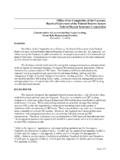


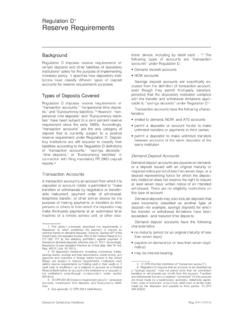

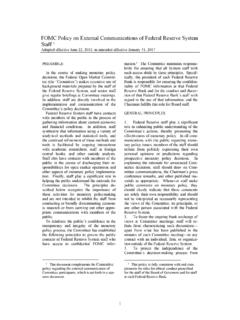
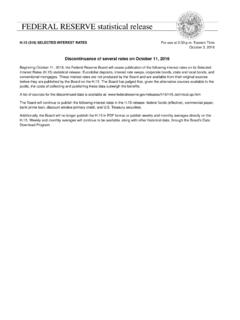
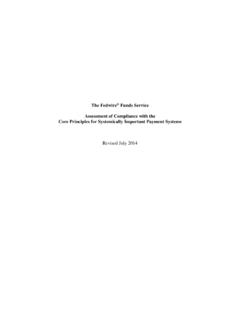
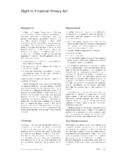
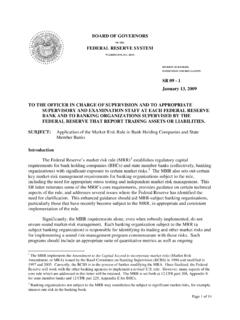
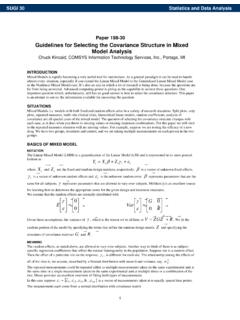
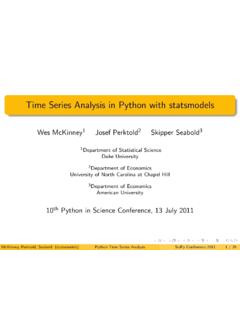
![[TS] Time Series - Stata](/cache/preview/f/9/9/c/5/9/9/f/thumb-f99c599f9adc31cbb3de3d6ed398bf7c.jpg)
